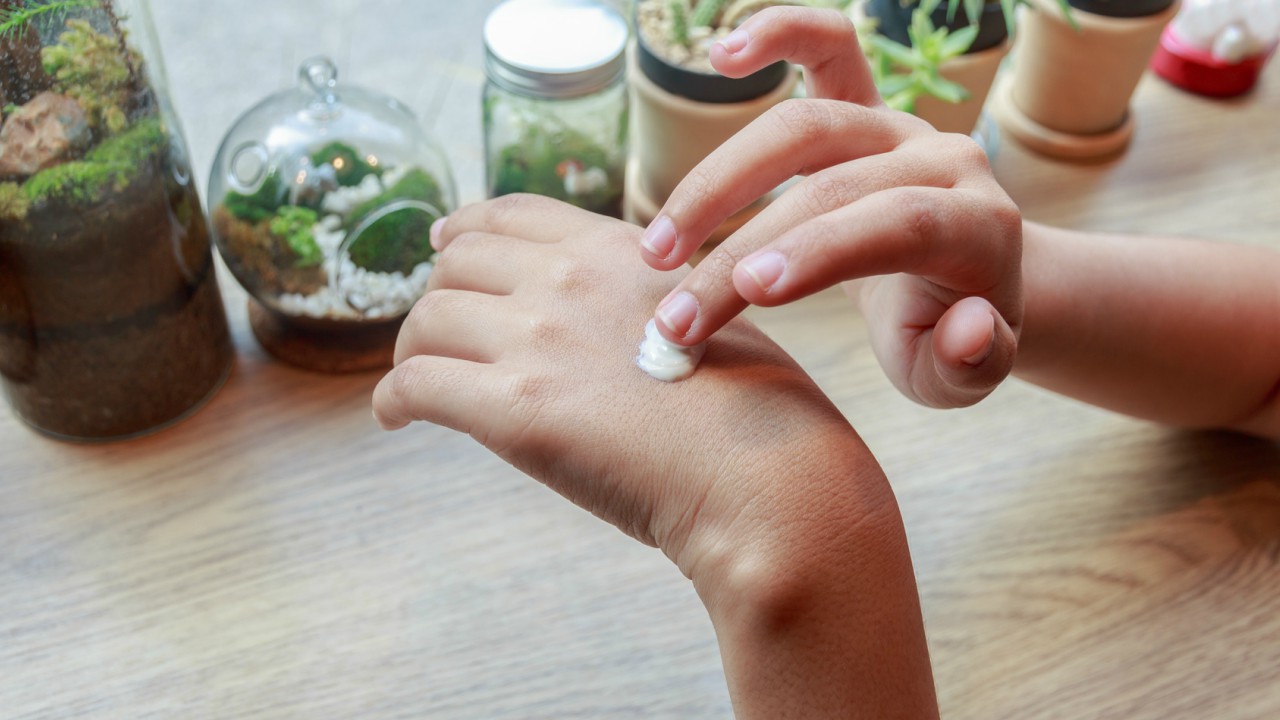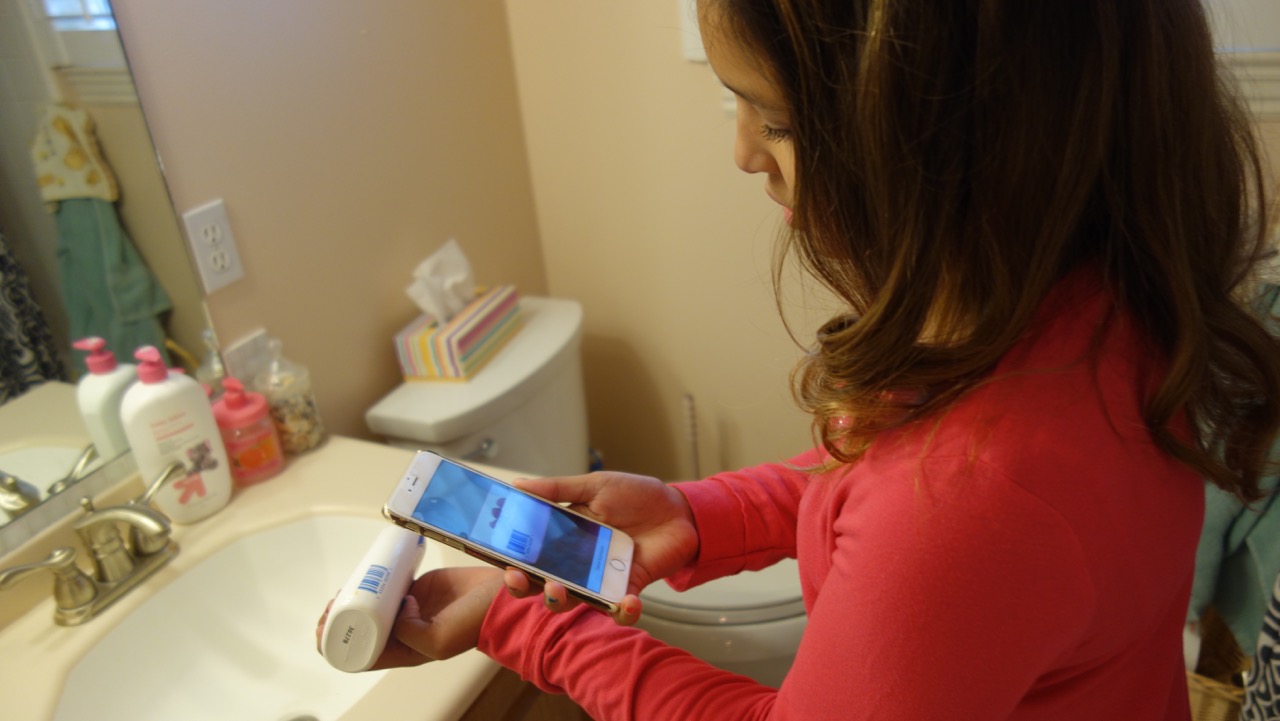 Via Pexels
Via Pexels
Are you one of those people who loves to spend the summer outside? What about your kids? Summertime makes us focus on the importance of skin protection.
Why do we want to focus on skin protection? It prevents us from having to think about the alternative -- skin damage that over time can lead to skin cancer.
So today let’s look at ways you can check your and your family's skin. If you are a person that wants an easy way to remember the signs just remember the ABCDE of skin health. Look for them anywhere you have an abrasion, dark spot, raise bump on your skin.
If you see any of these signs, visit your primary care or dermatologist to make sure your skin is fine.
A stands for Asymmetry
Healthy moles basically are round, so you want any moles to look symmetrical.
If you notice the mole or a place on your skin looks different on both sides or is asymmetrical, then you should have it checked. This is especially important if it used to look symmetrical, and now the appearance has changed.
B stands for Borders
Normal wounds or lesions will have contained edges called borders. If you notice that your lesion has scalloped or notched edges these are not considered to be normal borders.
C stands for Color
When you have a wound or a lesion it is generally one color. When you see multiple colors inside the borders of your lesion, it could be a problem.
D stands for Diameter
Diameter is the size of the wound, mole or lesion. Lesions are considered to be small if they are less than one-quarter inch across. That is not a size to be concerned about.
If the lesion or wound is larger than this, then have it checked. This includes lesions that grow larger over time. They definitely need to be checked as soon as possible.
E stands for Evolving
Take note of whether any of your moles, lesions or wounds are changing or evolving over time. Evolving also includes the appearance of new symptoms such as itching, bleeding or crusting on the lesion.
If you see any of the ABCDEs it is always best to make an appointment to see your doctor to get their opinion or get further testing if necessary.
Who is at risk for skin cancer?
Now that you know what the signs for skin cancer are, let’s talk about who is a risk for it. Everyone is at risk for skin cancer, including those of us with darker skin tones. Those of us with fair skin are at higher risk, as are those who work or spend large amounts of time in the sun.
Where does skin cancer develop?
Skin cancer develops primarily on the scalp, face, lips, ears, neck, chest, arms, hands and legs. People with darker complexions need to look at other places that do not see the sun like palms, fingernails, toenails or the genital areas.
It is simple to check your skin moles and lesions to make sure they are ABCDE-compliant. Check every month!
Live Vibrantly,
Dr. Dae
Dr. Dae's website: www.healthydaes.com
Dr. Dae's book: Daelicious! Recipes for Vibrant Living can be purchased @ www.healthydaes.com
Dr. Dae's Bio:
Dr. Daemon Jones is your diabetes reversal, hormones, metabolism and weight loss expert. Dr. Dae is a naturopathic doctor who treats patients all over the country using Skype and phone visits. Visit her or schedule a free consultation at her website www.HealthyDaes.com/
Sources:
"Do You Know Your ABCDEs? - SkinCancer.org." The Skin Cancer Foundation - SkinCancer.org. N.p., n.d. Web. 24 June 2014.
http://www.skincancer.org/skin-cancer-information/melanoma/melanoma-warning-signs-and-images/do-you-know-your-abcdes#panel1-1
"Skin Cancer Foundation." If You Can Spot It You Can Stop It. N.p., n.d. Web. 24 June 2014.
http://www.skincancer.org/skin-cancer-information/early-detection/if-you-can-spot-it-you-can-stop-it
"Skin cancer: Symptoms - MayoClinic.com." Mayo Clinic. N.p., n.d. Web. 24 June 2014.
http://www.mayoclinic.com/health/skin-cancer/ds00190/dsection=symptoms
Reviewed June 25, 2014
by Michele Blacksberg RN
Edited by Jody Smith
Skin Cancer, A stands for Asymmetry, B stands for borders, C stands for Color, D stands for Diameter, E stands for Evolving
Read more in Your Ultimate Guide to Beautiful Skin




Add a CommentComments
There are no comments yet. Be the first one and get the conversation started!